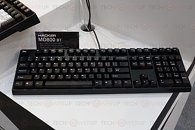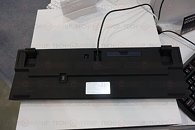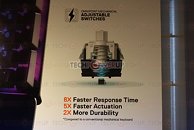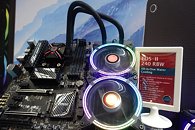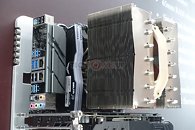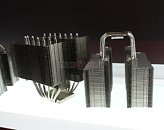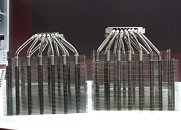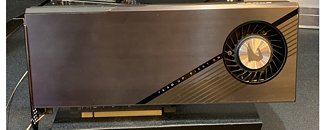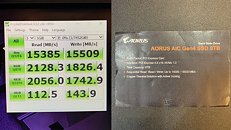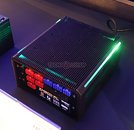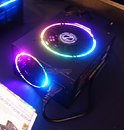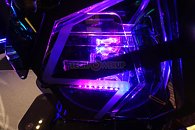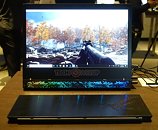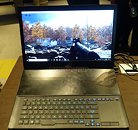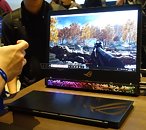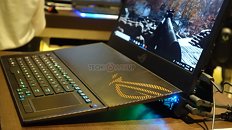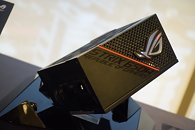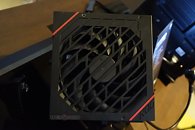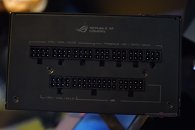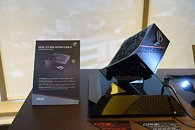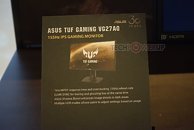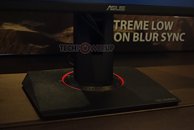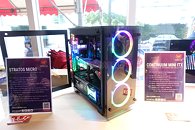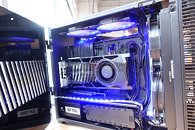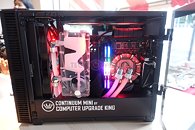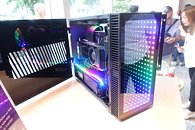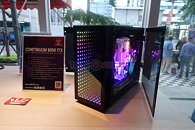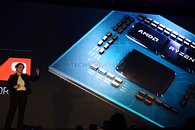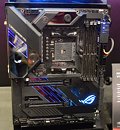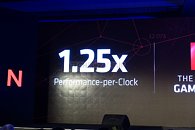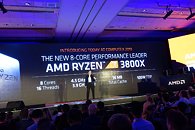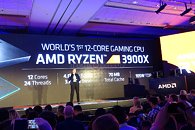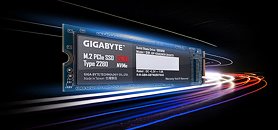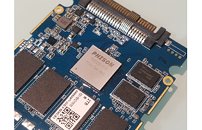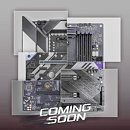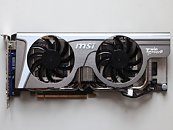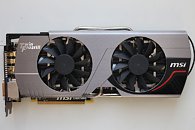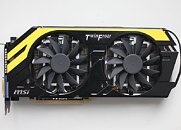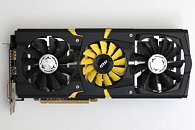
Mistel Introduces Two New Keyboards at Computex 2019
Mistel Keyboard has been making waves in the mechanical keyboard market for the last few years now, with new products shown off at Computex that then get ready for the retail channels soon after. Their product portfolio has been predominantly based on split keyboards and non-traditional form factors to appeal to a more specific market segment not targeted by the vast majority of other companies. The company has dipped their feet into the TKL form factor before with the MD870 SLEEKER, and at Computex this year they showed off their first full-size keyboard in the form of the HACKER MD800.
The keyboard supports USB (over a Type C detachable cable) and Bluetooth connectivity options, uses a metal case thick enough to ooze build quality and mass alike, OEM-profile thick PBT doubleshot injected keycaps in black, white, or a special mix edition, onboard macro support with three layers for functionality and programming, native Windows and MacOS support, and white LED backlighting with multiple lighting effects to choose from. Powered by AA batteries on the back, as well as the new Mistel logo on the Esc key, the HACKER MD800 arrives in Q3 2019 with a price point the company is finalizing on to appeal to the mass market upon release. Read past the break for more on the new Barocco MD770 keyboard as well.
The keyboard supports USB (over a Type C detachable cable) and Bluetooth connectivity options, uses a metal case thick enough to ooze build quality and mass alike, OEM-profile thick PBT doubleshot injected keycaps in black, white, or a special mix edition, onboard macro support with three layers for functionality and programming, native Windows and MacOS support, and white LED backlighting with multiple lighting effects to choose from. Powered by AA batteries on the back, as well as the new Mistel logo on the Esc key, the HACKER MD800 arrives in Q3 2019 with a price point the company is finalizing on to appeal to the mass market upon release. Read past the break for more on the new Barocco MD770 keyboard as well.
